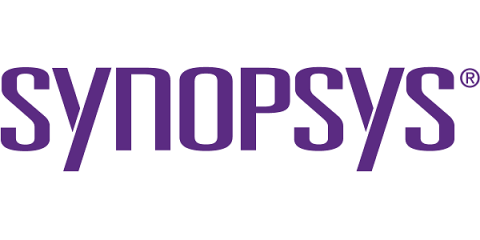Software Composition Analysis Explained
Open source code is everywhere, and it needs to be managed to mitigate security risks. Developers are tasked with creating engaging and reliable applications faster than ever. To achieve this, they rely heavily on open source code to quickly add functionality to their proprietary software. With open source code making up an estimated 60-80% of proprietary applications’ code bases, managing it has become critical to reducing an organization’s security risk.










